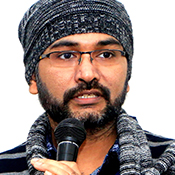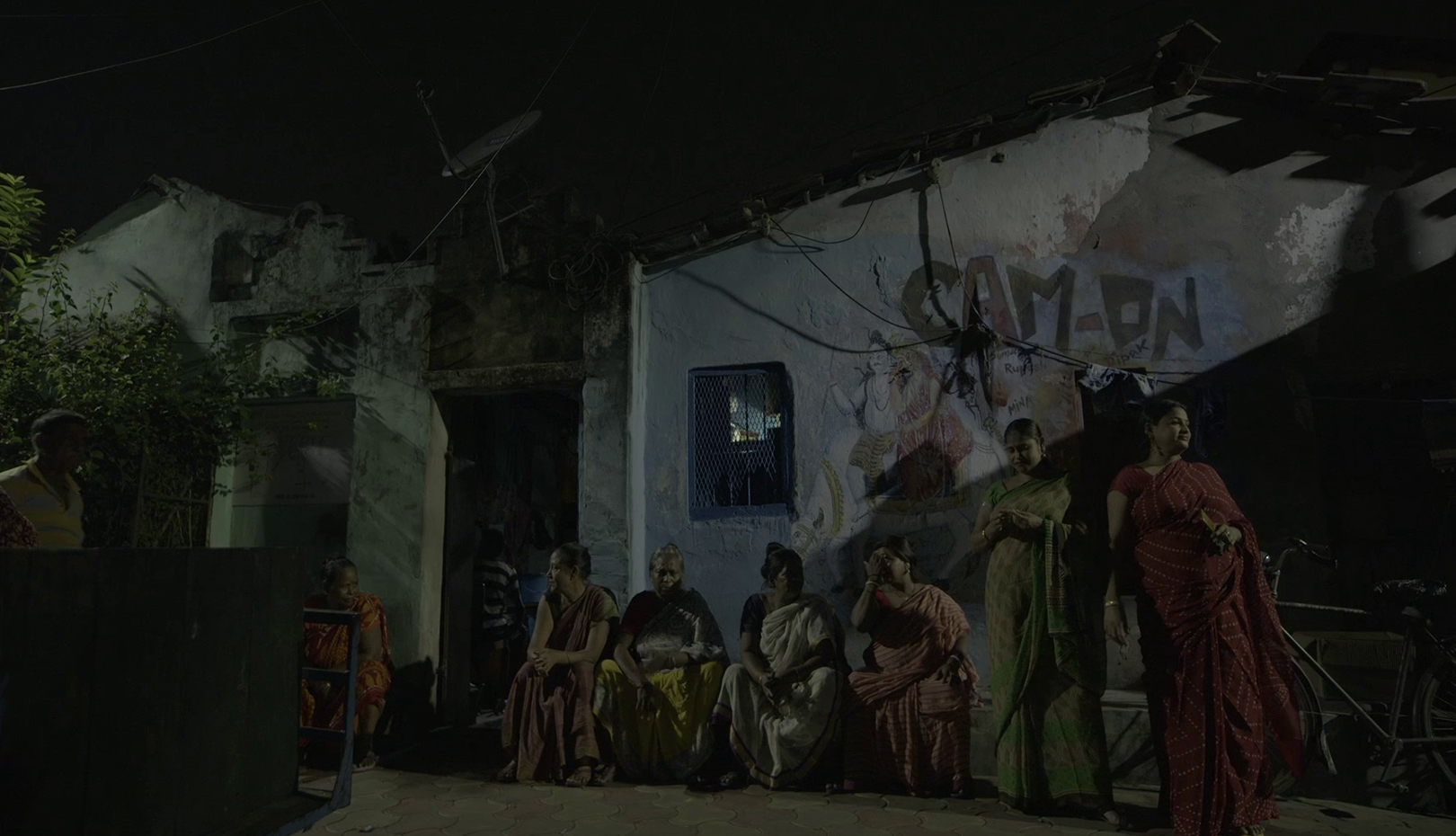Projects
Redlight to Limelight
Bipuljit BASU
- India
- 100min
- DCP
- color
Synopsis
Rabin, Bilkis, Afsara, and a team of sex-working nocturnal mothers are arc-lighting the dark and greasy lanes of Kalighat, which happened to be an independent brothel for the working class. The team formed their native film production enterprise called CAM ON. They shoot their original stories and upload compelling videos reflecting on the community's pressing issues on YouTube. Rabin and the team plan to produce a film again in the post-COVID phase, reuniting the old members and trying to get recognition as filmmakers. They choose a fiction story based on the two sisters, one tries to move out of the brothel, and another one is lost in the darkness of hard reality. Bilkis, a single mother, plays the role of the positive girl, and Afsara plays the lost one. The sex worker members handle fundraising by taking extra bucks from their customers to support filmmaking costs.
Inspired by hopes, amidst the joy of storytelling, CAM ON unwinds a new dream to fight discrimination, hostile local vested interests, and corrupt police for an escape to victory freeing the second-generation young girls from the red light ghetto through skills and creativity.
Review
I met the CAM ON team in 2019. Experiencing life there in the brothel that is inspired by a creative urge to transform agony into ecstasy, I found an underground tribe of storytellers.
How the power of cinema and its pure joy is changing marginal ways of life is the key question that embraces Redlight to Limelight. The characters have been developed in front of my eyes in the last four years. Since then, I have been living with the characters. In doing so, a sense of bonding among us further helps me visualize the story and explore the characters deeply.
Postgraduate in Social Development, I believe in bringing social issues and art together to create an impact. Making a relevant film that sensitizes the audience about social reality is my priority. Making this kind of documentary film in India is a big challenge, aesthetics, investment, distribution, and lack of audience. We took the challenge and kept trying to facilitate the barriers and build up partnerships for the co-creation. The community has given me a big opportunity to experiment with the creative social objectives I have been nurturing for a long time.
Director
-

Bipuljit BASU
Credit
- Producer닐롯팔 마줌다르 Nilotpal MAJUMDAR

